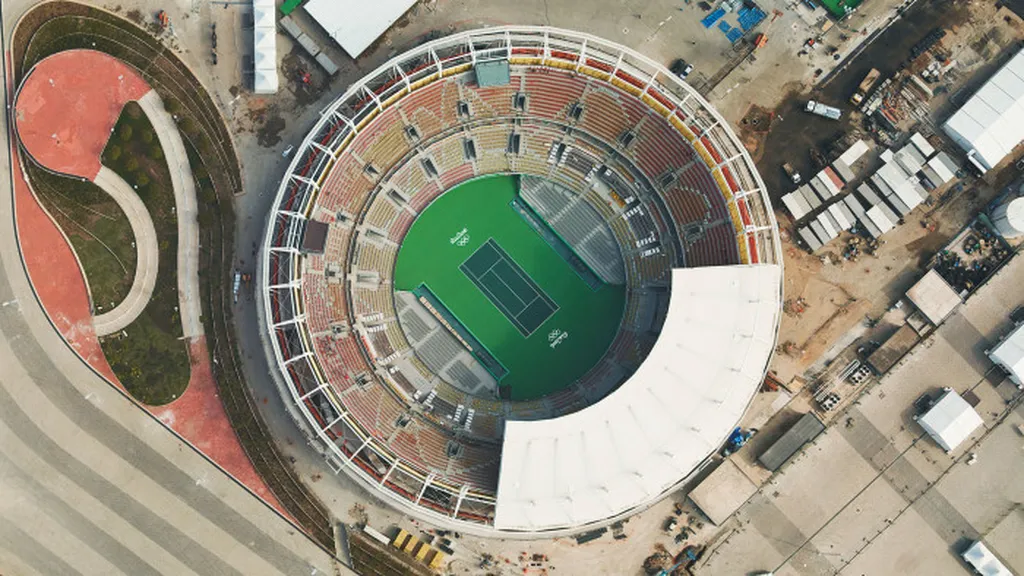In the picturesque city of Petrópolis, nestled in the mountains of Rio de Janeiro, Brazil, a fascinating study is shedding light on the intricate relationship between urban planning, socio-spatial inequality, and the food landscape. Led by Emanuela Alves da Rocha, this research, published in the journal *Cidades, Comunidades e Território* (translated as *Cities, Communities and Territories*), delves into the first district of Petrópolis to uncover how territorial planning and inequality shape the availability and accessibility of food.
The study, which maps food-related commercial and agricultural establishments, reveals a stark reality: food segregation is a pressing issue in Petrópolis. By analyzing average family income by census sector, neighborhood divisions, and urban mobility characteristics, the research identifies priority areas for action and potential forms of investment through public policies. “The analysis allows us to reflect on how we can strengthen short consumption circuits and create more sustainable solutions to mitigate food insecurity,” says da Rocha.
One of the key findings is the importance of the rural environment and local production in addressing food insecurity. The study suggests that expanding street markets and creating structures for direct sales along public spaces could foster a more direct relationship between producers and consumers. This not only supports local agriculture but also enhances food security for residents.
The commercial impacts of this research are significant, particularly for the energy sector. As cities strive to become more sustainable, the integration of local food systems into urban planning can reduce the carbon footprint associated with food transportation. This could open up new opportunities for energy-efficient food distribution networks and renewable energy projects that support local agriculture.
Moreover, the study highlights the need for public policies that address socio-spatial inequality. By investing in infrastructure that supports local food production and distribution, cities can create more equitable and resilient food systems. This could also drive economic growth by creating jobs in local agriculture and food-related businesses.
As da Rocha’s research demonstrates, the food landscape of Brazilian cities is deeply intertwined with territorial planning and socio-spatial inequality. By recognizing the importance of the rural environment and local production, cities like Petrópolis can develop more sustainable and equitable solutions to food insecurity. This research not only shapes future developments in urban planning and food policy but also offers valuable insights for the energy sector, paving the way for a more sustainable and resilient future.

